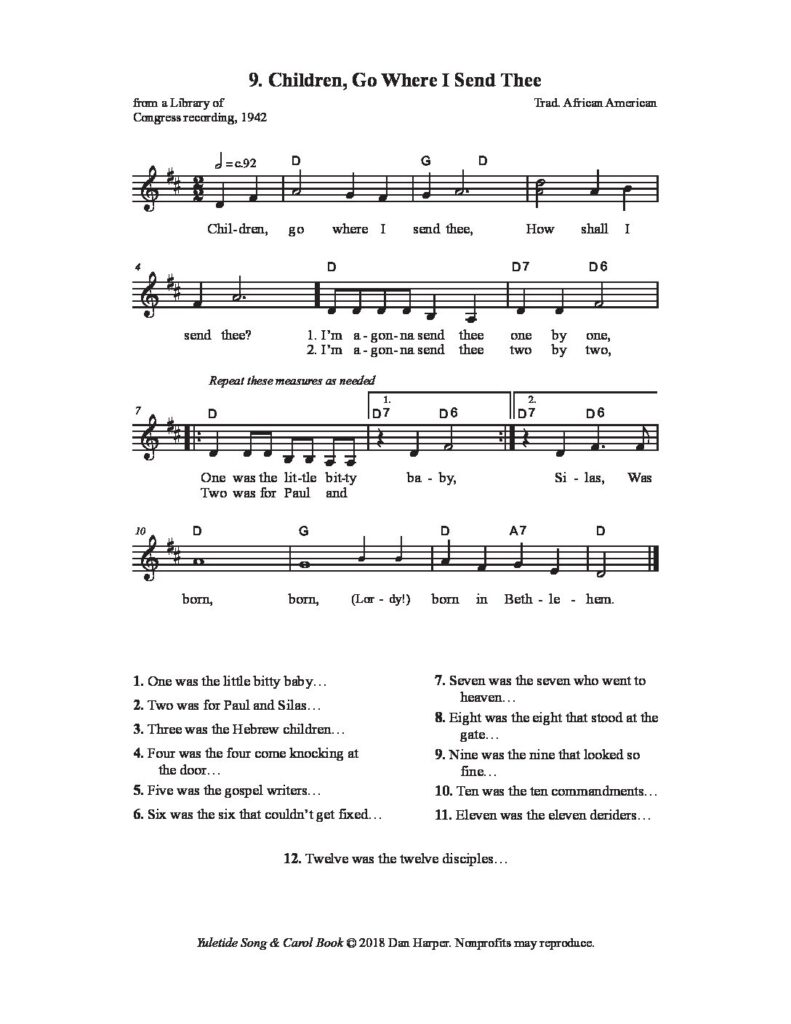Wow. It’s been a year of change. As 2021 winds down, I’ll briefly summarize the changes I’ve seen in Unitarian Universalist congregations — some positive, some not so positive, some neutral.
Not-so-positive
(A) Enrollments of children and teens appear to be falling precipitously. We don’t yet have official numbers from the year-end certification count, but I’m estimating declines of 33% to 100% across the board.
(B) Adult membership also appears to be falling in most congregations, though the declines are not as steep.
(C) There appear to be many fewer newcomers in most congregations. The lack of newcomers probably accounts for about half of the decline in adult membership. Most Unitarian Universalist congregations have an annual turnover rate of 10-25% (due to moving away, death, lack of interest, etc.), and depend on a steady stream of newcomers to maintain stable membership.
(D) From what I can tell, most congregations saw a decline in revenues this year. The decline can be attributed to the general decline in membership, loss of other revenue streams such as rentals, and the end of the federal Payroll Protection Plan.
(E) I’d say that more peripheral people have gotten out of the habit of occasional participation in the life of the congregation. It’s still too soon to know if they’ll ever come back, but I’m not hopeful.
(F) This past year saw an epidemic of clergy resignations. In the spring, the Unitarian Universalist Association was begging ministers to come out of retirement to fill all the interim ministry positions. By all accounts, this past year saw a shortage of ministers.
Neutral
(G) I expected more resignations by other (non-clergy) paid staffers in UU congregations this past year. But so far I’m not seeing evidence that that happened. This may be because so many other paid staffers are part timers, meaning they weren’t exposed to as much stress as full-time ministers. Or it could be that the resignations happened, but they’ve been less visible than minister resignations.
Positive
(H) Online adult religious education classes have proved to be more popular than in-person classes in some congregations. The convenience of attending a class while sitting comfortably at home turns out to be quite attractive to many.
(I) Moving online apparently has worked for many (not all) support groups, again due to the convenience.
(J) Congregations have adopted digital giving tools, to the pleasure of most people under the age of 50.
(K) Most Unitarian Universalist congregations have developed good to excellent online services. Online services have proved so successful that most of the congregations I know of plan to continue multi-platform services (i.e., combined online and in-person services) after the pandemic is over.
(L) Online does not work for everything. And most Unitarian Universalist congregations have developed safe ways of having at least some in-person programs.
Summary
In a time of great change, it’s easy to get despondent, just because change can be so disorienting. But I have to say I’m feeling mostly optimistic. In a follow-up post, I’ll have more to say about how I believe we can address the not-so-positive changes productively.
But the positive aspects of this year of change are very positive. Even though our primary “product” continues to be in-person connections, it’s also good to be able to expand the ways we can connect with our congregations, by adding multi-platform services, online classes, and digital giving.




